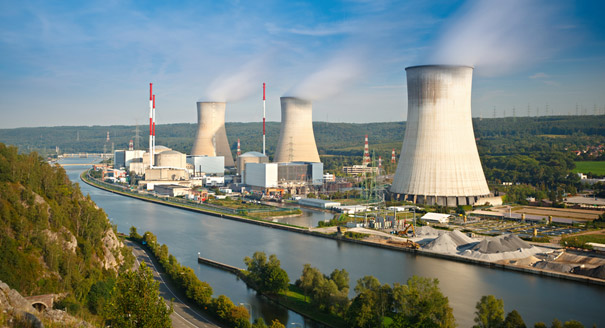How buzzwords come and go. Pooling and sharing is out: efforts by NATO and EU members to share scarce military resources are no longer part of the discourse. Smart defense has fallen by the wayside too. And don’t forget the slogan of a comprehensive approach to security.
Instead, enter the new word: resilience. It figures prominently in the EU’s global strategy published in June 2016. Not wanting to be left behind, NATO made sure at its July 8–9 summit in Warsaw it would embrace resilience as well.
This time round, the word really matters. Resilience is about how governments should put in place serious preventive measures or actions that can kick in rapidly in the event of catastrophes or attacks. It’s about how democracies and their societies can recover after a terrorist attack from the air, by suicide bombers, from chemical or biological agents, or in cyberspace, to name but a few methods designed to incapacitate political systems and undermine democracies.
In the case of Europe, resilience also requires closer integration. It’s about protecting and preserving the fabric of society and its infrastructure. It’s about ensuring that democratic governments can respond with speed and unity to ensure stability, freedom, and security. It’s about protecting Europe’s economy and values.
This is the gist of a new paper by the Finnish Institute of International Affairs (FIIA). The report is important because Finland’s strategic outlook is undergoing fundamental changes. Since Russia’s 2014 annexation of Ukraine, its subsequent proxy invasion of eastern Ukraine, and its unremitting propaganda that supports Euroskeptic movements, Finland, a member of the EU but not of NATO, has taken a hard-nosed attitude toward its security and its national interests.
FIIA’s main argument is that if Finland wants to be resilient, then it had better take a hard look at its energy ties with Russia. Finland is building a nuclear power plant in Pyhäjoki on the country’s west coast. The plant is being constructed by a consortium; Rosatom, the Russian state-owned nuclear energy corporation, is a part owner and the main supplier of the facility.
The Finnish Intelligence Police’s annual review, which the paper quotes, stated that in 2015 a major goal of Russian intelligence was to influence Finnish energy policy. The inference is that the Pyhäjoki energy deal will create energy dependence. In short, when it comes to resilience, energy dependence is a contradiction in terms.
Because energy is so inextricably tied to the economy, infrastructure, stability and security, and basic functioning of a country, the FIIA authors conclude that “the key policy response from Finland should be to invest in and improve the country’s resilience to withstand turbulence in many different spheres.”
Finland is not alone in questioning energy dependence, a dependence that in its own way creates a network of other dependencies that influence how decisions are made and consensuses are cracked, and that hinder the EU from developing a coherent, strategic outlook. These networks of dependence span political contacts, contracts for the distribution and pricing of energy, and the inevitable system of lobbyists—all in ways that decrease transparency and accountability.
Germany, as well as Italy and other EU countries, is far from immune to this type of dependence. A case in point is the Nord Stream 2 pipeline that Gazprom and German energy companies are building as an expansion of Nord Stream, which runs from Russia to Germany.
This project must surely rank as one of the enduring legacies of the German-Russian energy relationship that began in 1970s when the then West German government signed a deal with the Kremlin to build a first pipeline to transport gas from the Soviet Union across to West Germany. The Americans criticized the construction of the pipeline at the time. For Germany, the deal put substance on its Ostpolitik, or Eastern policy, that was designed to reach out to Russia through closer economic and political contacts.
Over the years, that original pipeline and now Nord Stream have become a symbol of that German-Russian relationship. But with Russia still using energy as a major political tool and with the EU trying to increase energy security, Nord Stream has the potential to undermine European resilience.
Poland is taking an increasingly tough line against Nord Stream 2. UOKiK, the Polish antimonopoly watchdog, has objected to the project, arguing it would increase Gazprom’s strong if not dominant position in European gas markets. But the Polish government recognizes, as do the Baltic states, that resilience also means unity in how to respond to threats or pressure.
Beyond energy, European resilience is being tested in all sorts of other ways. There’s the British vote to exit the EU and the continuing fragility of Ukraine. There are the continuing refugee and eurozone crises. There are terrorists murdering European citizens and populist parties wanting their countries to go their own way. And there are disputes over how to share intelligence to protect Europe.
Resilience is needed in all of these areas. Yet all these crises also show that resilience is not possible without closer integration.








